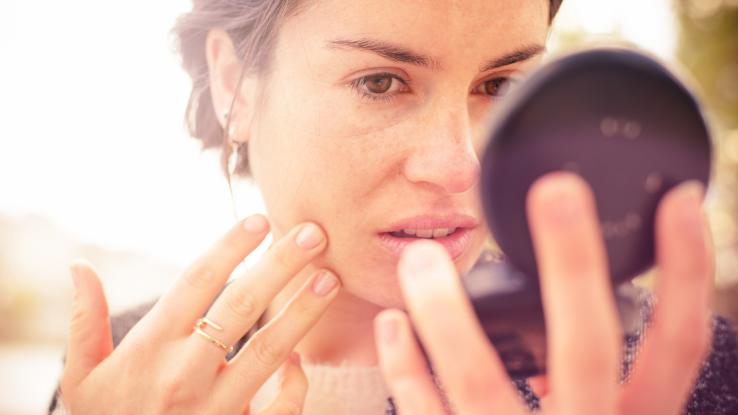
Melanoma is one the most common skin cancers patients experience. Moreover, it can spread rather easily to other parts of the body. Sometimes, it can be difficult to distinguish sun spots from age spots, as both are similar in color. While sun spots are benign, melanoma can grow underneath those spots and turn them cancerous. Different skin spots have distinct colors and textures, so it’s important to be aware of those qualities.
Note: If you notice any changes to a spot on your body, you may want to consult your healthcare provider.
Cherry Hemangiomas
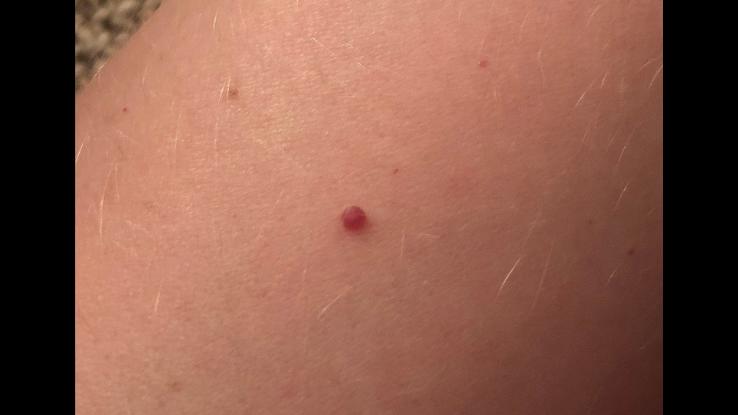
These sun spots are least likely to be associated with — or mistaken for — melanoma. Cherry hemangiomas take the form of small red or purple dots. Often, they’re smaller than a pencil eraser. So, what causes them? Simply put, they are indicative of an overgrowth of blood vessels in the skin. These spots can appear on all parts of the body, especially if the areas have been exposed repeatedly to sunlight.
Lentigines
These are large flat areas that look similar to freckles in color and shape, but they tend to be much larger. Lentigines range widely in size; many are between the size of a pencil eraser and the size of a dime, though they may be bigger or smaller.
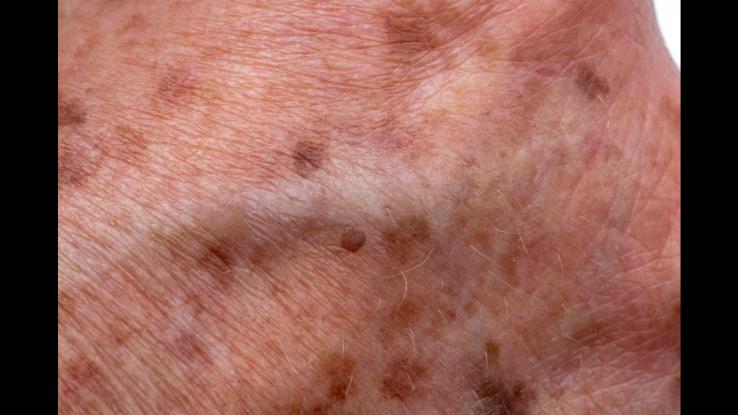
Often referred to as “age spots” or “liver spots,” lentigines are usually located on the most sun-exposed portions of skin, like the face or the back of the hands. While not cancerous themselves, lentigines can sometimes come with actinic keratoses, which are pre-cancerous, often red and scaly, elevations of the skin.
Seborrheic Keratoses
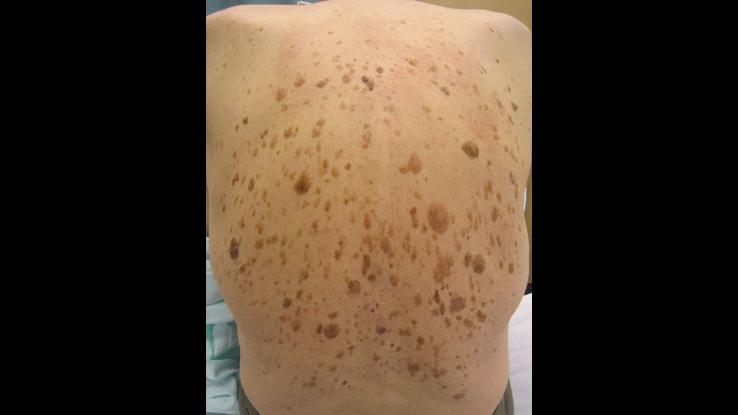
These marks tend to be raised but flat. Often, seborrheic keratoses have a waxy surface, and their coloration ranges from light brown to almost black. Some people compare their appearance to that of warts, though they are not related in any way. They are, however, common in patients who also have skin tags. Often mistaken for melanoma, these spots are thought to appear due to sun exposure and genetic predispositions.
If you have a mark that might be a lentigine or a seborrheic keratosis, have a healthcare professional check it out in case it is a melanoma.
ABCDEs of Melanoma
Melanomas appear on both unblemished skin and under pre-existing moles. As you might expect, the place they grow affects their appearance, which is one of the reasons melanomas are often confused with sun spots.
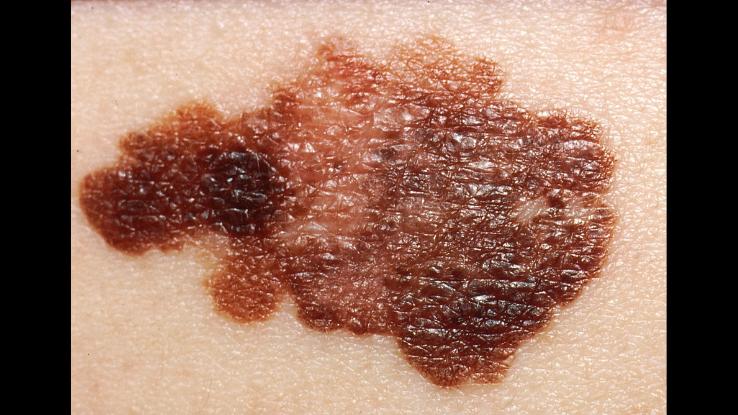
The mnemonic ABCDE may help you remember the signs of a melanoma. The letters stand for:
- Asymmetry — the two halves of the spot are different.
- Border — the edges are irregular, ragged, or blurred.
- Color — there is no consistent color across the spot, with shades of brown, black, or possibly white or red.
- Diameter — usually 6mm in size and may grow bigger.
- Evolution — the spot changes in border, color, or diameter.
Be cognizant of changes in your spots. Itching, bleeding, and pain are all markers that a seemingly innocuous sun spot might be something more worrisome. If you misdiagnose a melanoma as a sun spot, you may not seek treatment early enough to prevent the spread of cancer. Therefore, it’s important to be aware of the visual and tactile markers for each type of growth.
Resource Links:
- “Age Spots” via American Society for Dermatologic Surgery
- “Cherry Hemangioma” via Skin Sight
- “Seborrheic keratosis” via MedlinePlus
- “What are the signs and symptoms of melanoma?” via American Academy of Dermatology Association (AAD)
- “Melanoma Treatment” via National Cancer Institute
- “Melanoma” via MedlinePlus





